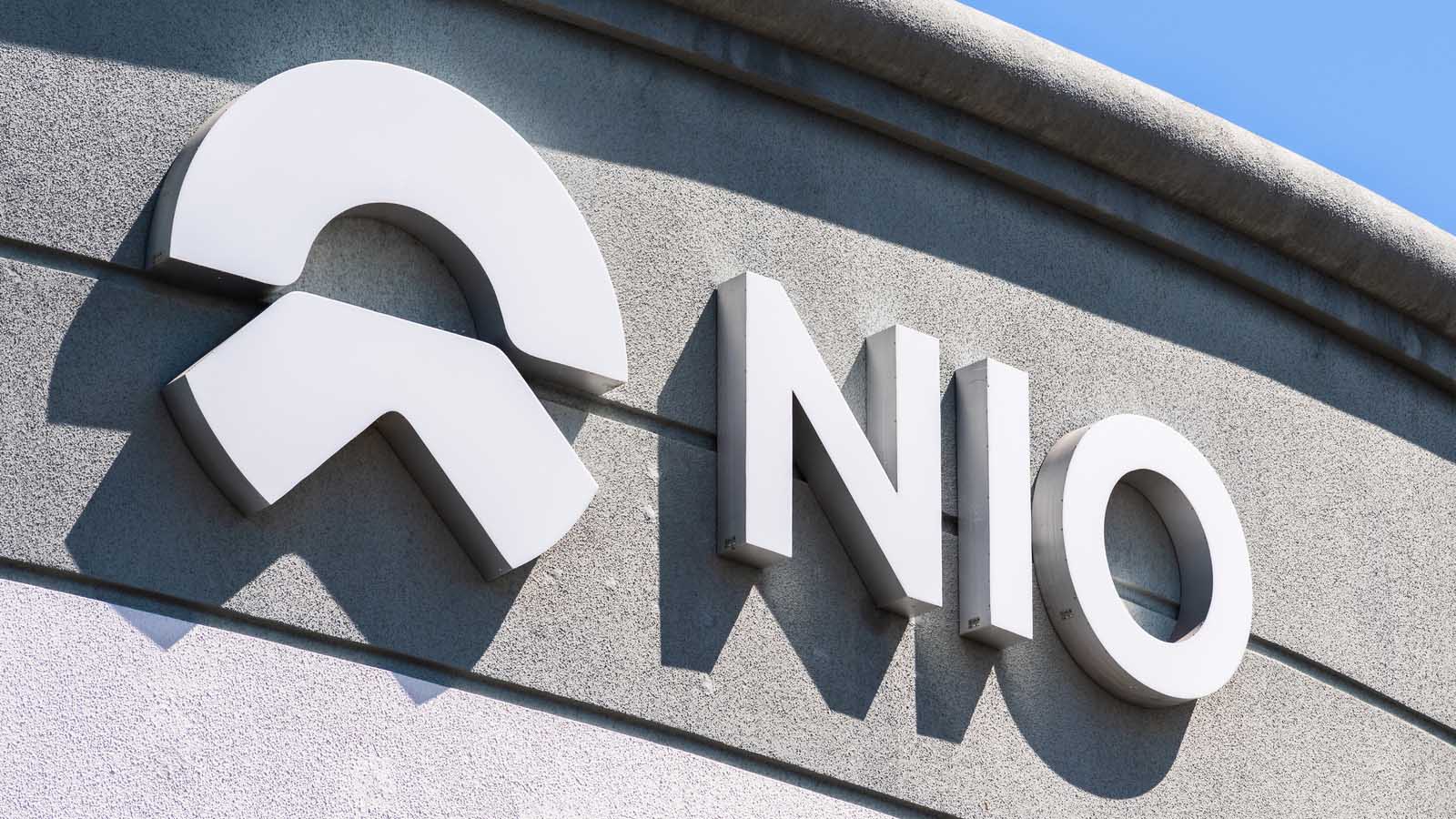Chinese electric vehicle maker Nio (NYSE:NIO), likely a favorite of the day trading crowd, has been on a roll of late. However, even with its run higher, the company reminds us of the perils of dancing with low-priced stocks. There’s a reason markets focus on percentages.

Even with a 6.2% decline on Thursday, Dec. 5, Nio has surged almost 91% off its 52-week low. It has almost doubled in just about two months. But even with that remarkable accomplishment, we’re still talking about a $2.20 stock.
And shares might not stop climbing. The market is littered with examples of larger companies that have more than doubled this year — some even have tripled or quadrupled. Of course, with each 100% move, it’s plausible to expect that the next one becomes harder.
One problem is that many novice investors, the types that favor low-price stocks like Nio because they see value, focus more on price in dollar terms than in percentage terms. This is an everyday phenomenon. An unscientific study conducted by Entrepreneur pertaining to ads for a retail sale confirms as much.
“The results of the test were quite clear. The $50 off coupon generated 170% more revenue than the 15% off coupon, and its conversion rate was 72% higher,” according to Entrepreneur.
In Nio parlance, this behavior matters because to the untrained eye, the stock looks like a good deal at just under $2.30. But with more scrutiny, it becomes clear asking a stock that’s already moved almost 100% to get to $2.50, $3 or $4, is asking a lot.
It’s Possible, But …
Yes, it’s possible that Nio will continue rallying. CEO Li Bin recently gave investors reason for optimism, saying “spring is near” for electric vehicles. If nothing else, he has a penchant for adding to the showmanship among executives in the electric vehicle space. See Tesla (NASDAQ:TSLA), and Elon Musk.
Of course, “near” can mean a variety of things to a variety of folks. And without Nio’s CEO pinpointing exactly when “spring” will arrive for electric vehicles, investors have a right to be skeptical.
In fact, some recent data points from the lithium space, the primary component in building EV batteries, suggest it’ll be a few more years before EVs can reach all-important pricing parity with internal combustion engine vehicles.
“According to BloombergNEF, lithium-ion battery prices were priced above $1,100 per kilowatt-hour in 2010, but have now fallen to just $156/kWh,” reports Frik Els for Mining.Com. “That’s an 87% reduction in real terms achieved — not just through volume growth in the EV market but also through continued penetration of high energy density cathodes. According to the new energy research firm, by 2023, average prices will be close to $100/kWh, considered by many to be the price point at which electric vehicles reach parity with gas and diesel-powered vehicles. However, prices vary depending on which markets and vehicle segment.”
Bottom Line on Nio
Give Nio some credit. It recently launched another SUV and the management team appears audacious. Those are nice traits, but Nio burns tons of cash, about $1.5 billion in 2018 to be precise. This year, the company has sold $950 million in convertible debt, but concerns linger about its cash flow.
Another reason to have pause regarding Nio: We’re more than two months removed from the end of the third quarter, and while the company has reported delivery figures, it has NOT reported actual financial results.
That’s not necessarily a cause for alarm, but it’s likely to create some uncertainty. Nio isn’t in a position to absorb uncertainty.
As of this writing, Todd Shriber did not hold a position in any of the aforementioned securities.
